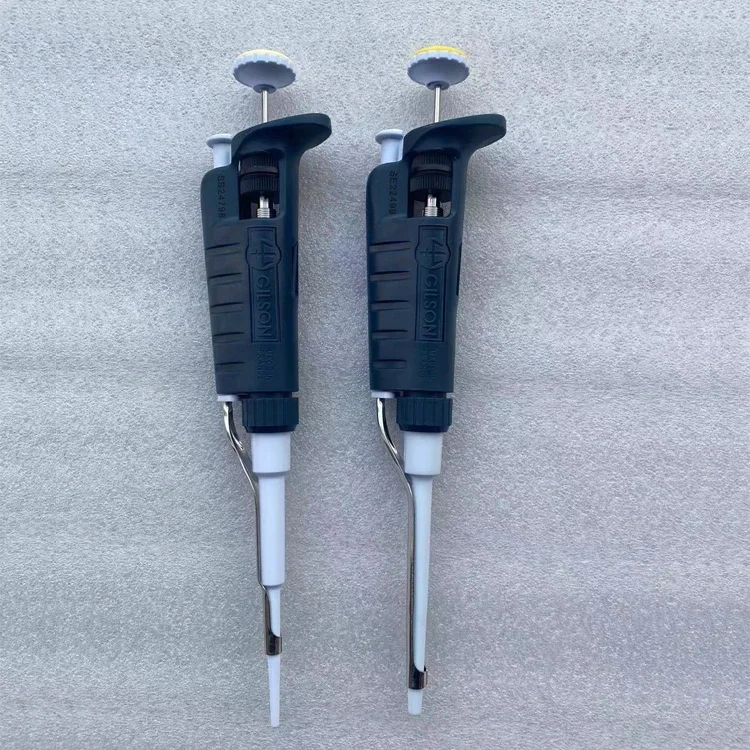Introduction
Gilson pipettor is essential tool for precise liquid handling in laboratories. They are known for their durability, accuracy, and ergonomic design. Scientists and researchers use these pipettors to ensure reliable results during experiments. With a variety of models available, Gilson provides solutions for different needs and workflows.
What Makes Gilson Pipettors Unique
Gilson pipettors are designed with user comfort and performance in mind. They feature adjustable volumes, making them suitable for various tasks. Their robust construction ensures long-term use even in demanding environments. Easy-to-maintain designs and innovative technologies set Gilson pipettors apart. Models offer ergonomic handles and precision engineering to minimize strain during use. Advanced seals and mechanisms reduce the risk of contamination, ensuring sample integrity.
Common Applications in Laboratories
Gilson pipettors are commonly used in molecular biology, biochemistry, and pharmaceutical research. They assist in tasks like transferring small volumes of liquids during experiments. Researchers depend on them for tasks requiring exact measurements, such as PCR and ELISA workflows. In quality control labs, they help ensure accurate dosing of samples and reagents. Gilson pipettors also play a key role in clinical diagnostics for handling test specimens with precision.
Types
Gilson pipettors come in various types to suit diverse laboratory needs. Selecting the right type is critical to ensure efficient and accurate liquid handling.
Manual vs. Electronic Pipettors
Manual pipettors require hand operation to adjust volumes and dispense liquids. They are reliable, cost-effective, and easy to use for basic tasks. Researchers prefer manual pipettors for simplicity and robust performance.
Electronic pipettors, on the other hand, offer automated operations. They reduce manual effort and enhance precision during repetitive tasks. Electronic models are ideal for high-throughput workflows and minimizing user variability. Both types share Gilson’s ergonomic design and accuracy.
Single-Channel and Multi-Channel Pipettors
Single-channel pipettors are suited for applications requiring individual liquid transfers. These pipettors excel in PCR setup, reagent dispensing, and single-sample handling.
Multi-channel pipettors allow simultaneous liquid transfers across multiple wells. They are perfect for plate-based assays like ELISA or microplate formatting. Multi-channel models save time and ensure consistency in repetitive processes.
Each type plays a unique role, so choose based on your specific laboratory tasks.
How to Use Gilson Pipettors Properly
Using your Gilson pipettor correctly ensures accuracy, reliability, and protects your samples. Follow these steps for success.
Setting the Correct Volume
- Choose the right pipettor size: Match the pipettor to the volume range of your task.
- Adjust the volume: Turn the dial to set the desired volume. Avoid exceeding the pipettor’s range.
- Confirm the setting: Double-check the volume display before proceeding.
Precision in volume setting is crucial for accurate liquid transfers.
Operating the Pipettor Correctly
- Attach the correct tip: Fully secure a clean, compatible tip onto the pipettor.
- Pre-wet the tip: Aspirate and dispense the liquid 2-3 times before measurement.
- Use the correct technique: Press the plunger to the first stop to aspirate liquid. Dispense to the second stop.
- Avoid tilting: Keep the pipettor vertical during aspiration and dispensing to ensure precision.
- Eject the tip properly: Discard the used tip by pressing the ejection button.
Practice careful handling to reduce errors and improve efficiency.
Tips for Avoiding Contamination
- Use clean tips: Always use sterile, disposable tips to prevent cross-contamination.
- Avoid touching the tip: Prevent the tip from contacting surfaces or the pipettor’s body.
- Change tips as needed: Always switch tips when working with different samples or reagents.
- Wear gloves: Protect your samples by minimizing potential contamination from your hands.
- Clean spills immediately: Wipe any liquid residues around the pipettor or sample area.
Maintaining sterility is essential for reliable results and sample integrity.
Maintenance and Calibration
Proper maintenance and calibration are essential for preserving the performance of your Gilson pipettor. Regular upkeep ensures accuracy, extends the lifespan, and prevents contamination.
Importance of Regular Maintenance
- Maintain accuracy: Regular maintenance helps your pipettor provide precise liquid handling consistently.
- Ensure reliability: Proper care avoids unexpected malfunctions during critical experiments.
- Extend lifespan: Routine checks and cleaning reduce wear and tear on the pipettor.
- Prevent contamination: Cleaning prevents sample cross-contamination, keeping results reliable.
By addressing these aspects, regular maintenance safeguards both your pipettor and your experimental integrity.
Steps for Proper Cleaning
- Disassemble the pipettor: Carefully take apart the pipettor to clean internal components.
- Clean external surfaces: Wipe your pipettor with a soft cloth and mild detergent.
- Wash detachable parts: Rinse seals, O-rings, and nozzles with distilled water.
- Check for residue: Ensure all liquid traces are removed before reassembly.
- Reassemble carefully: Follow the manufacturer’s instructions to put the pipettor back together.
Cleaning your Gilson pipettor regularly keeps it working effectively and minimizes contamination risks.
Calibration Procedures and Best Practices
- Use a calibration kit: Follow the Gilson calibration tools and guidelines for accurate results.
- Weigh dispensed volume: Use a precision balance to test the pipettor’s accuracy.
- Adjust settings: Recalibrate if the measured volume deviates from the set volume.
- Log calibration data: Keep records to track the pipettor’s performance over time.
- Follow recommended frequency: Calibrate at least once every six months, or as often as usage requires.
Regular calibration ensures your Gilson pipettor remains a reliable tool for your experiments.
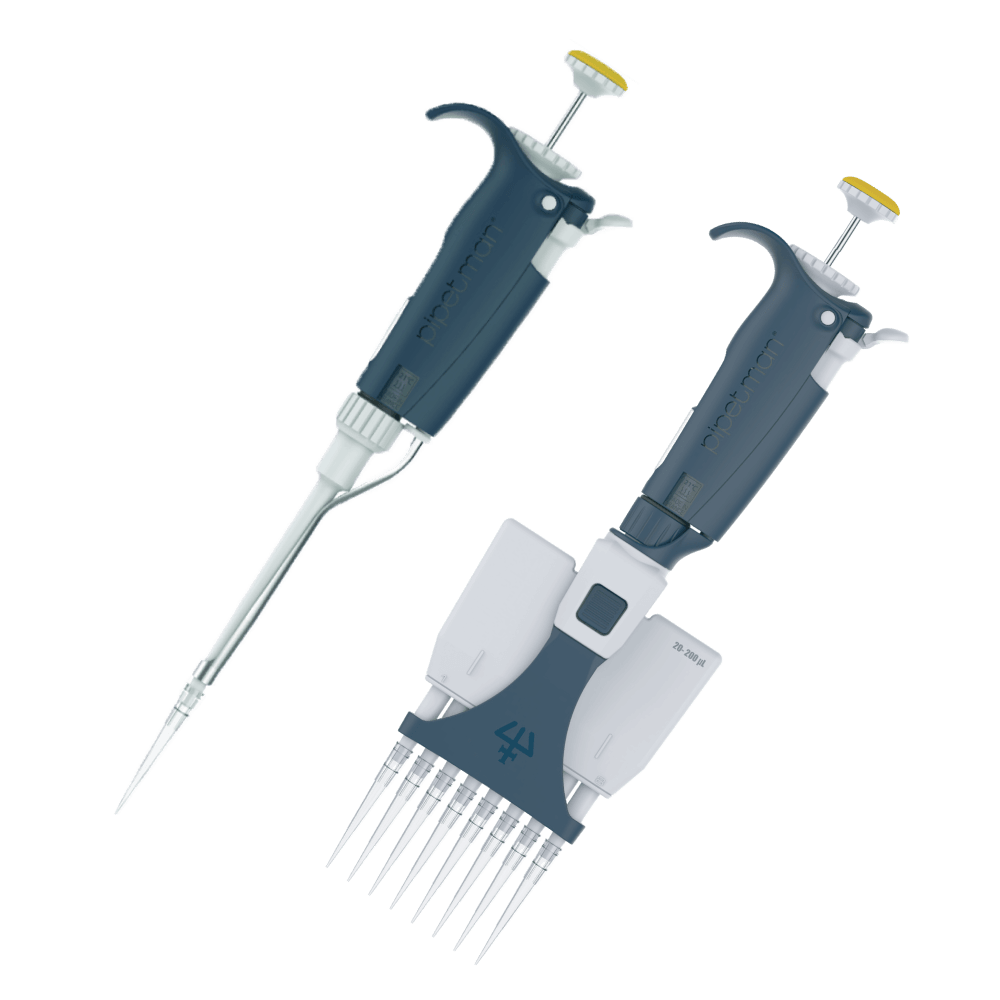 Troubleshooting Common Issues
Troubleshooting Common Issues
Gilson pipettors are reliable, but issues can arise. Knowing how to troubleshoot ensures uninterrupted performance.
Identifying Pipettor Malfunctions
- Unusual resistance or looseness: Check the plunger or piston for obstructions or wear.
- Difficulty attaching or ejecting tips: Inspect the nozzle for damage or debris. Clean if necessary.
- Leaking liquids: Verify that tips are properly secured and examine seals for wear.
- Inconsistent volume delivery: Ensure the pipettor is properly calibrated and inspect the piston assembly.
- Button not functioning smoothly: Clean internal components and check for any stuck particles.
Carefully identifying the problem helps prevent errors during experiments.
Solutions for Volume Inaccuracy
- Ensure proper calibration: Regularly calibrate your pipettor to maintain accuracy.
- Use appropriate tips: Mismatched tips may affect liquid handling precision. Always use compatible tips.
- Avoid partial aspirations: Fully depress the plunger to ensure correct liquid uptake.
- Check for air bubbles: Expel the tip’s contents and retry to remove trapped air.
- Test with distilled water: Measure the dispensed volume using a balance to confirm accuracy.
Addressing these issues restores precise liquid handling capabilities.
When to Seek Professional Repairs
- Persistent inaccuracies: If recalibration fails, seek expert repair.
- Visible damage: Cracks, broken parts, or severely worn seals need professional assistance.
- Malfunctioning mechanisms: Problems with the plunger, piston, or ejection mechanisms warrant professional servicing.
- Frequent leaking: Experts can replace worn or defective seals.
- Regular servicing: Scheduled maintenance by professionals ensures long-term reliability.
Seeking professional help ensures complex issues are effectively resolved without causing further damage.
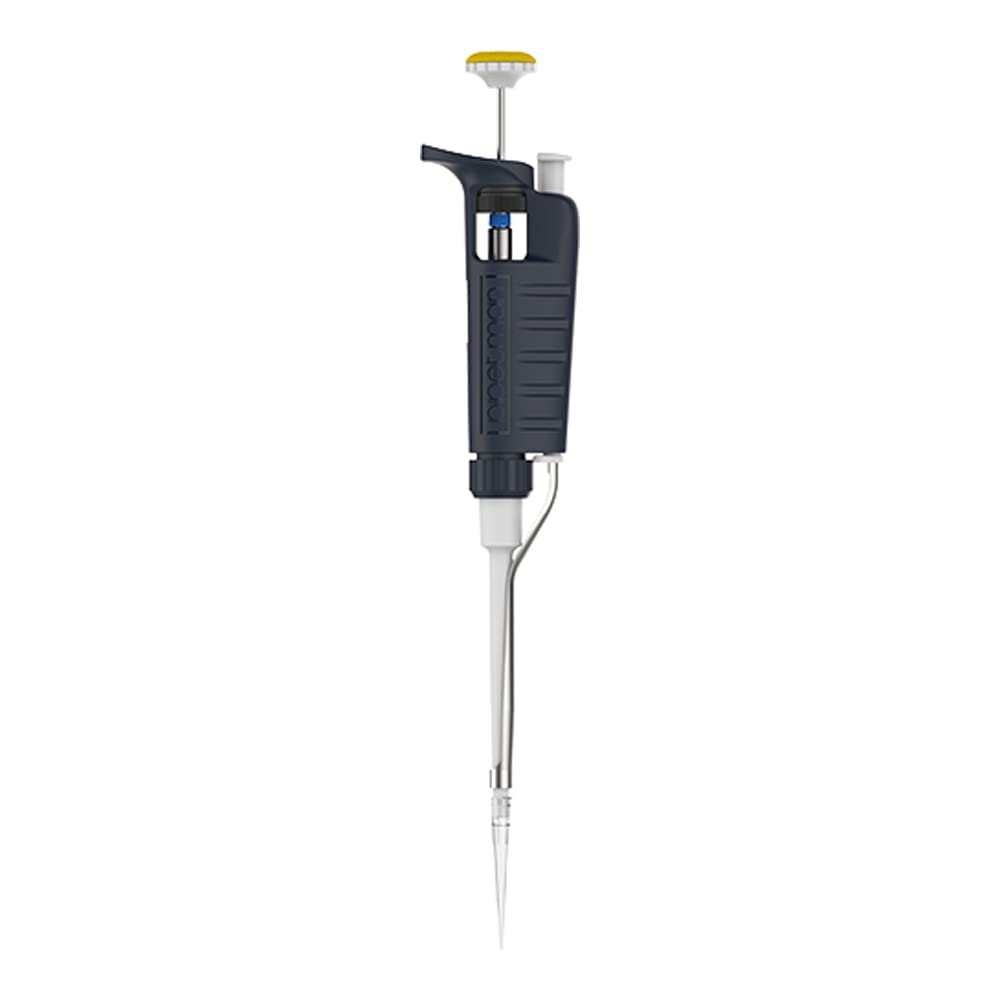 Choosing the Right Gilson Pipettor for Your Needs
Choosing the Right Gilson Pipettor for Your Needs
Selecting the right Gilson pipettor is crucial for accurate and efficient laboratory work. Each model is tailored for specific tasks and user preferences. Understanding your laboratory requirements ensures you choose the best pipettor.
Key Factors to Consider
- Volume Range: Determine the range of liquid volumes you handle frequently. Match this range to the pipettor’s capacity.
- Type of Pipettor: Decide between manual and electronic models based on your workload and precision needs.
- Ergonomics: If you work long hours, prioritize comfort. Ergonomic designs minimize hand strain.
- Application Requirement: Use single-channel pipettors for individual liquid transfers. Use multi-channel models for plate-based assays.
- Frequency of Use: Choose durable and low-maintenance models for heavy daily use.
- Budget: Balance features with cost. Ensure the chosen model offers good value.
Consider these factors carefully to match laboratory tasks with optimal pipettor performance.
Comparing Models and Features
- Manual vs. Electronic Pipettors: Manual pipettors are simple, affordable, and robust. Electronic ones automate processes, improve precision, and reduce user variability.
- Single-Channel vs. Multi-Channel Pipettors: Single-channel models are ideal for small-scale experiments. Multi-channel models excel in high-throughput workflows.
- Volume Adjustment: Electronic models often offer digital adjustments for enhanced precision over manual dial adjustments.
- Ease of Maintenance: Some models are easier to clean and repair, reducing downtime.
- Advanced Features: Modern pipettors include features like tip ejection mechanisms or contamination prevention seals.
Analyze features carefully. Compare models to find the perfect match for your laboratory needs.
Enhancing Laboratory Efficiency
Streamlined Workflow
A Gilson pipettor can significantly streamline your laboratory workflow by providing quick and accurate liquid handling. Its ergonomic design and ease of use allow for efficient multitasking, enabling you to complete experiments faster and with greater precision.
Versatile Applications
The versatility of Gilson pipettors makes them suitable for a wide range of laboratory applications, from basic liquid dispensing to complex biochemical assays. This adaptability ensures that your laboratory is well-equipped to handle diverse research needs without requiring multiple specialized tools.
Improved Data Quality
Consistent and accurate pipetting is crucial for generating reliable data. By using a Gilson pipettor, you can minimize variances in liquid handling, enhancing the overall quality and reproducibility of your experimental results. This reliability is essential for producing credible and trustworthy scientific data.
Cost Savings
Investing in a high-quality Gilson pipettor can lead to long-term cost savings by reducing the need for frequent replacements and minimizing errors that could compromise your experiments. The durability and precision of Gilson pipettors ensure that you get the best value for your investment, supporting your laboratory’s financial efficiency.
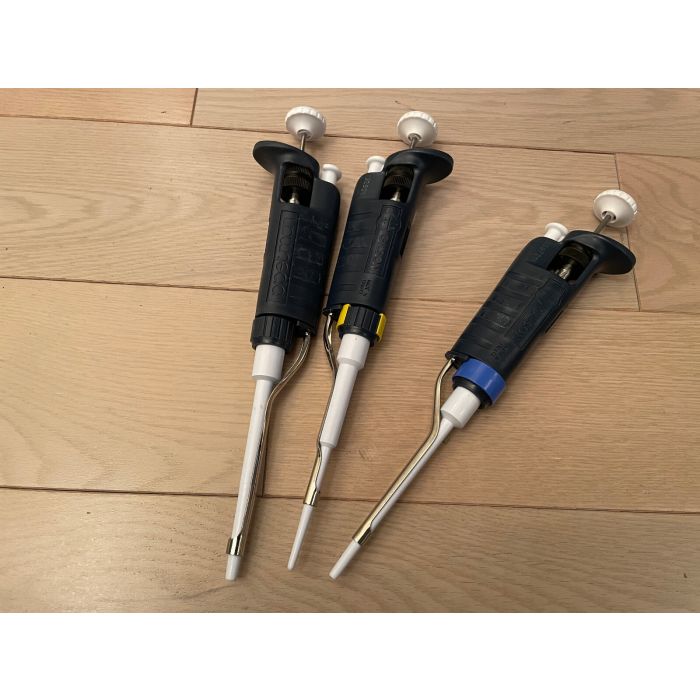 Frequently Asked Questions (FAQ)
Frequently Asked Questions (FAQ)
What is a Gilson pipettor?
A Gilson pipettor is a precision liquid handling device used in laboratories for accurately measuring and transferring small volumes of liquid. It is known for its reliability, durability, and ergonomic design, making it a trusted tool among scientists and researchers.
How do I choose the right Gilson pipettor for my laboratory?
To choose the right Gilson pipettor, assess your laboratory’s specific needs, including the types of liquids you handle, the volume ranges required, and the frequency of use. Consider factors such as ergonomic design, volume accuracy, compatibility with tips, and budget constraints to select the most suitable pipettor model.
How often should I calibrate my Gilson pipettor?
Calibration frequency depends on your laboratory’s usage and accuracy requirements. Generally, it is recommended to calibrate your Gilson pipettor monthly or after heavy use to ensure ongoing precision and reliability. Always follow the manufacturer’s guidelines for calibration intervals and procedures.
Can a Gilson pipettor handle viscous liquids?
Yes, Gilson offers both air-displacement and positive-displacement pipettors. While air-displacement pipettors are suitable for non-viscous liquids, positive-displacement pipettors are designed to handle viscous, volatile, or sticky liquids with greater accuracy and reliability.
What maintenance steps are necessary for a Gilson pipettor?
Regular maintenance for a Gilson pipettor includes cleaning after each use, storing it in a dry and organized place, periodic calibration, inspecting for wear and tear, lubricating moving parts, and managing pipette tips properly. Following these steps ensures the longevity and accuracy of your pipettor.
Are Gilson pipettors compatible with all pipette tips?
Gilson pipettors are typically compatible with a wide range of pipette tips designed for their specific models. It is important to use high-quality tips that match your pipettor’s specifications to maintain accuracy and prevent damage to the device.
How do I properly remove a pipette tip from a Gilson pipettor?
To remove a pipette tip from a Gilson pipettor, gently press the plunger to release the tip and then pull it straight off the pipettor’s shaft. Avoid twisting or jerking the tip, as this can damage the pipettor or the tip, compromising accuracy.
Can a Gilson pipettor be used for both small and large volumes?
Yes, Gilson offers pipettor models that cover a wide range of volumes, from microliters to milliliters. Choosing the right model based on your volume requirements ensures that you can handle both small and large liquid transfers with the same precision and reliability.
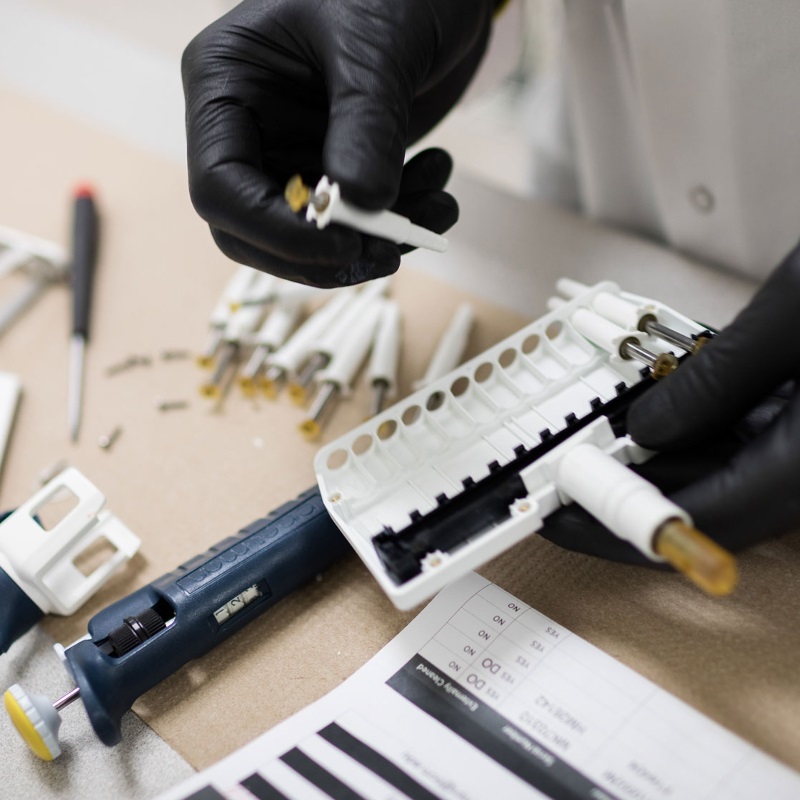 Conclusion
Conclusion
A gilson pipettor is an essential tool for any laboratory, providing the precision, reliability, and versatility required for accurate liquid handling. Whether you are conducting intricate molecular biology experiments, performing clinical diagnostics, or engaging in pharmaceutical research, a Gilson pipettor enhances your laboratory efficiency and ensures the integrity of your results. By understanding the different types, applications, and maintenance practices, you can select the perfect Gilson pipettor to meet your specific needs and maintain its optimal performance over time. Investing in a Gilson pipettor not only supports your current research endeavors but also sets a solid foundation for future scientific advancements. Embrace the precision and reliability of Gilson pipettors and elevate your laboratory work to new heights of excellence.
